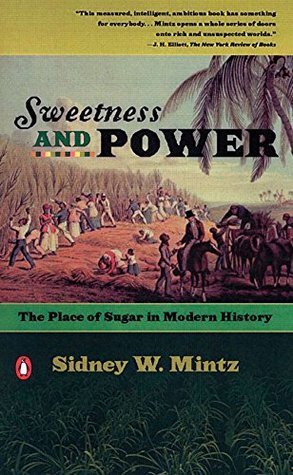More on this book
Kindle Notes & Highlights
Started reading
February 4, 2019
Like proletarians, slaves are separated from the means of production (tools, land, etc.). But proletarians can exercise some influence over where they work, how much they work, for whom they work, and what they do with their wages. Under some conditions, they may even possess a great deal of influence. Of course, slaves, too, may have some freedom of maneuver, depending upon the nature of the system they live in. Yet
Slaves and forced laborers, unlike free workers, have nothing to sell, not even their labor; instead, they have themselves been bought and sold and traded. Like the proletarians, however, they stand in dramatic contrast to the serfs of European feudalism, and they are property less.
plantation owners in America capitalists, but that they are capitalists, is based on their existence as anomalies within a world market based on free labour.”70
“large plantations of a decidedly bourgeois type” operated by “capitalist slaveholders.”71 But Genovese’s earlier work (dealing, to be sure, not with West Indian plantation sugar makers but with U.S. plantation cotton growers) says “the planters were not mere capitalists, they were pre-capitalist, quasi-aristocratic landowners who had to adjust their economy and ways of thinking to a capitalist world market.”
“Judging from the controls and
regulations that all authorities throughout Western Europe set to cover virtually every transaction, grain was the core of the diet of the poor,”
described initially in terms of five principal uses or “functions”: as medicine, spice-condiment, decorative material, sweetener, and preservative.
Sugar had also become a common feature of festive and ceremonial foods from season to season and from birth to death. Bread and salt had been the basis of western man’s daily fare and daily imagery for millennia; now sugar had joined them. Bread and salt—and sugar. A loaf of bread, a jug of wine—and sugar. The diet of a whole species was gradually being remade.
the production end, sugar early became one of the leading motivations for making overseas agricultural experiments of a mixed sort—that is, with capitalist means and unfree labor. At the consumption end, it was, as we have seen, one of the first items transformed from luxury to necessity, and thereby from rarity to mass-produced good, a transformation embodying both the promise and the fulfillment of capitalism itself.
“On the two axes of syntagm and paradigm, chain and choice, sequence and set, call it what you will, [Halliday] has shown how food elements can be ranged until they are all accounted for either in grammatical terms or down to the last lexical item.”24
These transformations have made ingestion more individualized and noninteractive; they have desocialized eating.


